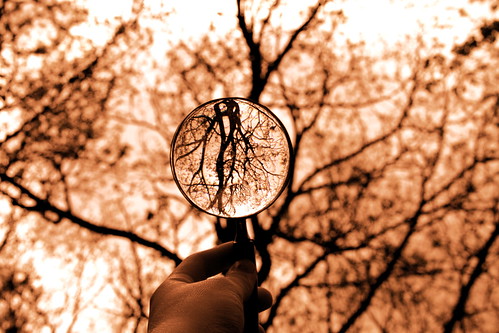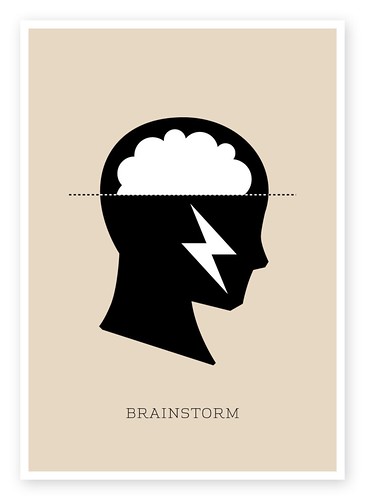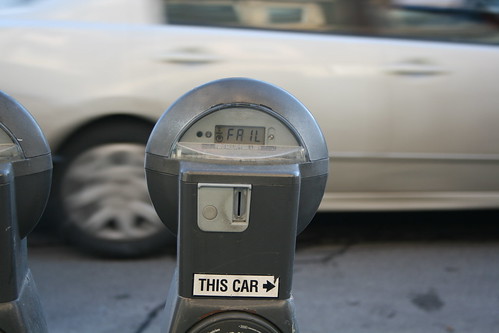But I don't want them to be constricted by traditional concepts of what a classroom is. I want them to do an inquiry into "What kind of space would help us be creative? What kind of space will help us learn creatively?" I want them to design my classroom into a space that is comfortable, inspiring, innovative, and creative.
I want them to discover Reggio Emilia's The Environment as the Third Teacher. I want them to look at interesting work spaces, like Google, Pixar, and Facebook:
 |
| Google, from here. |
 |
| Pixar, from here. |
 |
| Pixar, from here. |
 |
| Facebook, from here. |
 |
| A beautiful school, from here. |
 |
| Open learning space, from here. |
Space is a huge factor in creativity. Stanford's d.school even wrote a book about it. I have a copy of that book (it's great!) that my student-designers can use as a resource. What I haven't really been able to find yet is a good resource in kid-language that explains how space affects learning.
I found this video, which explains the space concepts of campfire, watering holes, and caves. But it's aimed more at architects and designers. I need something more kid-friendly. Maybe I need to make it?
Through my reading and learning this summer, and especially having read Role Reversal: Achieving Uncommonly Excellent Results in the Student-Centered Classroom, I am coming to a place where I am going to pretty much eliminate whole-class instruction. I am trying to figure out how to manage my students' learning within that kind of setting. I think that having different "zones" in the classroom for different purposes would work well.
One zone I really want to include is a Makerspace, a place with organized materials where students can prototype their ideas. I want pods of comfortable seating. I want a place where I can do mini-lessons with small groups. I want a classroom library & reading zone. I want flexibility. I want to get rid of my teacher desk (inspired by Joy Kirr who switched her teacher desk into a student station). I want places for independent, contemplative thought. I want each student to have a personal zone, too, where they can keep their materials. This is a seriously big "want" list! I think it's possible. There's a lot of stuff we could get for free or cheap to make this happen.
The thing about it, though, is I need the students to do this learning and create the designs. This has to be their space. This has to be their creation. If it isn't, they won't take care of it, and they won't have ownership in it. And it will become a disaster. Plus, the inquiry learning they could do into what makes a creative learning space will set the foundation for the creative learning they'll do the rest of the year.
So. Now what? I need your help! If you have any resources on innovative learning spaces that might be useful in my students' inquiry, send them my way! Thank you very much in advance!







